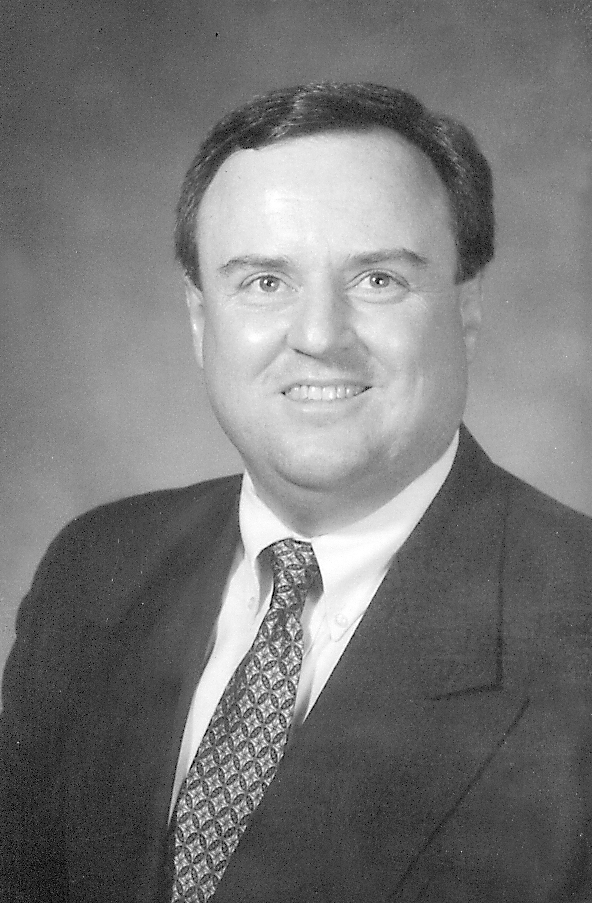
JACKSON, Miss. (BP)–The time has long passed when a person could intelligently argue that alcohol advertising and marketing in the U.S. are not really aimed at young people. With the exception of well-paid toadies beholden to the alcohol industry, virtually no one would today try to explain away television commercials featuring flatulent horses, cute dogs, and beach volleyball games played by nubile youngsters as anything but a naked attempt to draw the underage populace to their product.
With the 2010 prom season in full swing around the country and many high-schoolers scheming to acquire alcohol, it would behoove us to take a look again at a study in the American Journal of Preventative Medicine by researchers at the Harvard School of Public Health.
The study slams the door on the facile argument that alcohol conglomerates don’t aim their advertising at young people.
“Alcohol specials, promotions, and advertisements were prevalent in the alcohol outlets around college campuses,” the study’s authors wrote. “Almost three-quarters of on-premise establishments offered specials on weekends, and almost one-half of the on-premise establishments and more than 60% of off-premise establishments provided at least one type of beer promotion. The availability of large volumes of alcohol (24- and 30-can cases of beer, kegs, party balls), low sale prices, and frequent promotions and advertisements at both on- and off-premise establishments were associated with higher binge drinking rates on the college campuses.”
Strange. Except for 21-year-old seniors, virtually every other college student on any campus is underage as the law applies to alcohol use. Could it be that the purveyors of alcohol are attempting to reach only the relatively small number of 21-year-olds on any given campus? Not likely. Their goal is to introduce alcohol to young people at as early an age as possible — the better to normalize alcohol use and establish lifetime drinking habits.
There simply isn’t a better time to introduce kids to alcohol than in the early years of their college experience, when so many of them are still so immature and almost all of them are far away from parental and church influences for the first time in their lives. What happens when young college students take advantage of the alcohol specials? Approximately 20 percent become binge drinkers who quickly consume at least 4-5 drinks at a time, according to the study. Most of them probably consume much more than the 4-5 drink standard for the study, however.
What happens to these young binge drinkers?
“Binge drinking has been associated with problems such as property damage, physical injuries, unwanted sexual advances, and encounters with police,” the study said. “In addition, binge drinking is associated with secondhand effects such as interruption of study or sleep, having to babysit a drunken student, or being the victims of physical and sexual assault.
“With regard to any type of alcohol consumption, it is estimated that 1,400 college students die each year from alcohol-related injuries.”
Here’s the reality: In order to hook as many kids as possible as early as possible, the alcohol industry is willing to sacrifice 1,400 young people each year — and that’s not counting the students who receive non-fatal but life-changing injuries, or who contract incurable diseases, or who ultimately throw away their college education.
Young people have a target on their backs, placed there by the manufacturers of alcohol and the business people and politicians who defend and support the industry.
It’s just the price of doing business, all in a day’s work for the alcohol pushers — and to them worth every drop of blood and every mother’s tear that are shed.
As the bodies of our young people pile up, we continue to tolerate alcohol in our midst and hope for a different result. Indeed, we are an insane people.
–30–
William Perkins, editor of the Mississippi Baptist Record. For information visit https://www.mbcb.org/business_services/br/.















